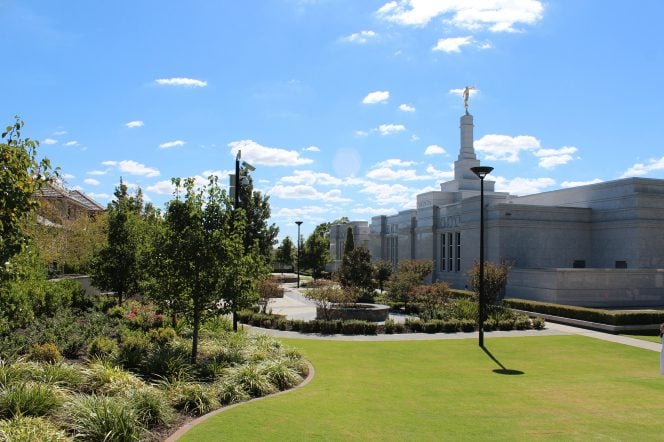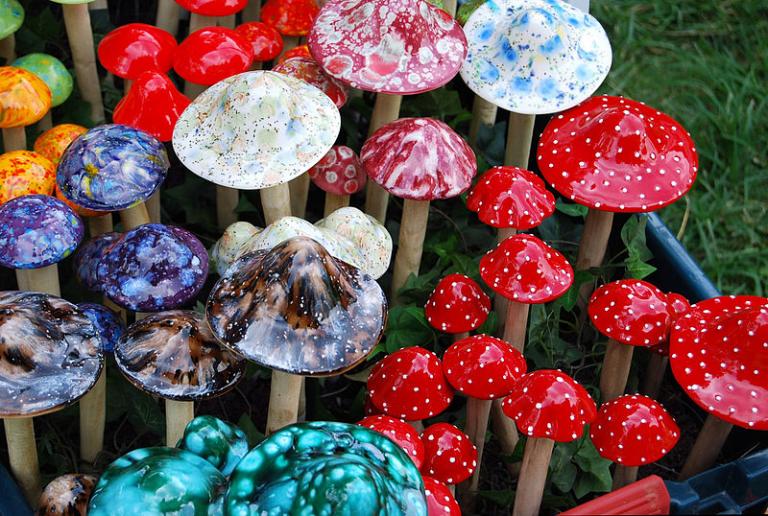
A new article by Brian Hales has appeared in Interpreter: A Journal of Latter-day Saint Faith and Scholarship:
“Visions, Mushrooms, Fungi, Cacti, and Toads: Joseph Smith’s Reported Use of Entheogens”
Abstract: An article recently published in an online journal entitled “The Entheogenic Origins of Mormonism: A Working Hypothesis” posits that Joseph Smith used naturally occurring chemicals, called “entheogens,” to facilitate visionary experiences among his early followers. The entheogenic substances were reportedly derived from two mushrooms, a fungus, three plants (including one cactus), and the secretions from the parotid glands of the Sonoran Desert toad. Although it is an intriguing theory, the authors consistently fail to connect important dots regarding chemical and historical cause-and-effect issues. Documentation of entheogen acquisition and consumption by the early Saints is not provided, but consistently speculated. Equally, the visionary experiences recounted by early Latter-day Saints are highly dissimilar from the predictable psychedelic effects arising from entheogen ingestion. The likelihood that Joseph Smith would have condemned entheogenic influences as intoxication is unaddressed in the article.
***
And here’s another item from the Interpreter Foundation:
***
This is coming up soon, so don’t miss it:
“Questions about the gospel? Find answers at the FairMormon Virtual Conference”
***
Finally, my attention was just now called to this petition, which, I think, first appeared about twenty-four hours ago:
“Emphasizing Christ-Centered Education at Brigham Young University”
I have no connection with the petition, and I neither know the principal figures involved nor known anything about them.

(Wikimedia Commons public domain image)











